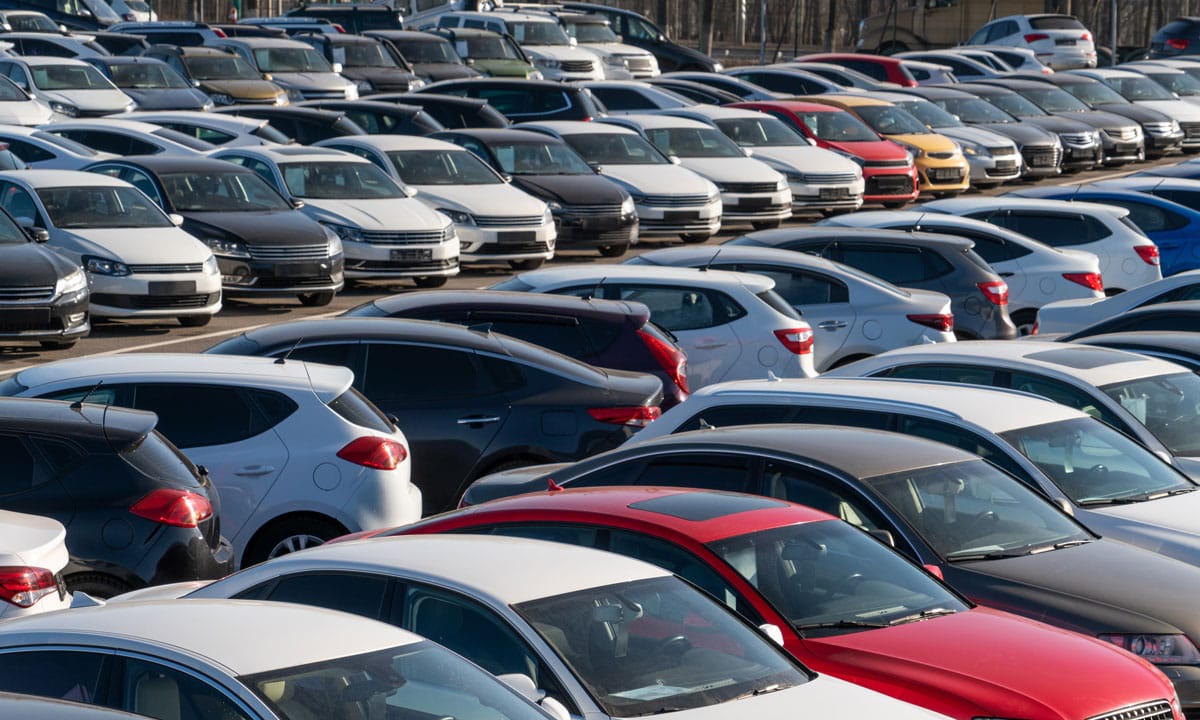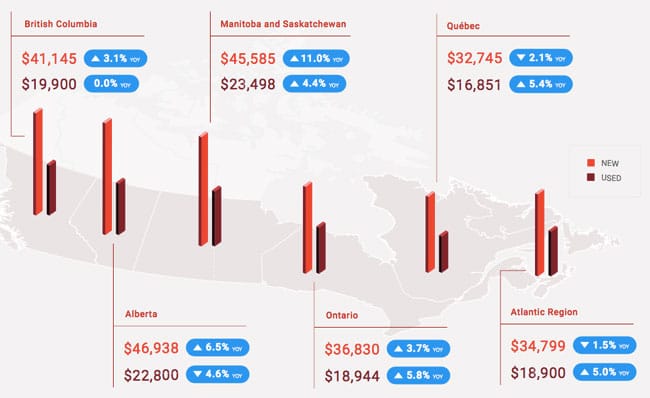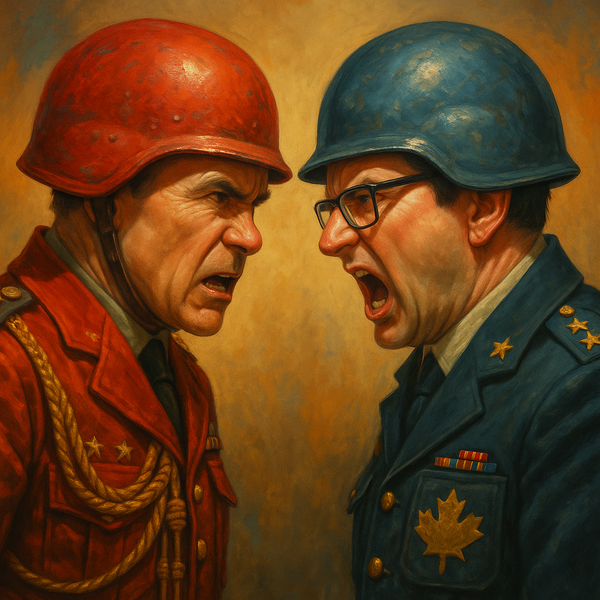Sticker Shock: Why Canadian Car Prices Are About to Skyrocket

Thanks to the U.S.-Canada trade war, buying a car might soon cost you more than your first apartment.
In 2025, it's already brutally expensive to buy a car in Canada.
Now, with tariffs flying across the border, experts are warning: it’s about to get worse. Much worse.
Here’s What Just Happened
Earlier this month, U.S. President Donald Trump imposed a sweeping 25% tariff on imported vehicles, including Canadian-made cars, triggering a swift response from Ottawa.
Canadian Prime Minister Mark Carney fired back with retaliatory tariffs on U.S. vehicles—especially those that don’t meet the updated United States-Mexico-Canada Agreement (USMCA) standards.
“We will protect our industries, our workers, and our sovereignty,” Carney said during a press briefing on April 3.
— NY Post
That tit-for-tat policy war? It’s going to hit Canadians right in the wallet.
Car Prices Were Already Sky-High
Before any of this tariff drama, Canadians were already struggling to afford vehicles.
According to AutoTrader, the average price of a new car in Canada hit $66,000 in 2024, with used vehicles averaging just under $39,000.
In fact:
- Prices are up more than 30% since 2019
- Financing terms are now stretching to 7 or even 8 years
- 1 in 4 car buyers are “car-poor,” meaning they’re spending more than 20% of their income on auto payments
Now factor in tariffs, which could add another $5,000–$10,000 to the price of an imported vehicle, depending on the make, model, and country of origin.

Industry Response: Panic, Closures, and a CA$2 Billion Band-Aid
It didn’t take long for the fallout to hit.
- Stellantis temporarily shut down its Windsor Assembly Plant, putting 3,600 employees on hold
- Parts suppliers are warning of supply chain delays
- Smaller dealerships fear inventory shortages and profit losses
To cushion the blow, the federal government announced a $2 billion “Strategic Response Fund” to support affected workers and industries.
“We’re doing everything we can to keep the sector alive while this situation unfolds,” said a spokesperson from Carney’s office.
— AP News
But let’s be honest: a few billion in damage control won’t stop what’s coming next.
Who Gets Hurt the Most? Gen Z and Low-Income Drivers
For older Canadians with paid-off vehicles, this is an inconvenience. For young people and working-class families, this is a crisis.
- Gen Z is already delaying car purchases due to affordability
- Uber, public transit, or older used vehicles are becoming permanent lifestyle choices
- Auto loans now come with interest rates over 8% for most borrowers
- Insurance premiums are rising right alongside car values
This isn’t just a price problem—it’s a mobility and quality-of-life issue. If you can’t afford a car, you can’t commute, can’t accept certain jobs, and can’t live in rural or suburban areas without transit options.
So... Should You Buy a Car Right Now?
According to CTV News, car prices are expected to rise in the next 3–6 months as tariffs take full effect. If you’re in the market, this may be your last chance to buy before the surge.
Dealers are already adjusting pricing on imports from the U.S., and industry insiders predict that some models could be pulled from the Canadian market entirely due to cost.
The Faultline Take
We’ve said it before: trade wars don’t just hurt governments—they hammer regular people.
Poilievre, Carney, Trump—they’ll all keep driving.
But if you’re young, broke, and just trying to get to work? You’re the one paying the tariff tax.
This isn’t about punishing other countries. It’s about testing how far working Canadians can stretch a dollar before it snaps.





